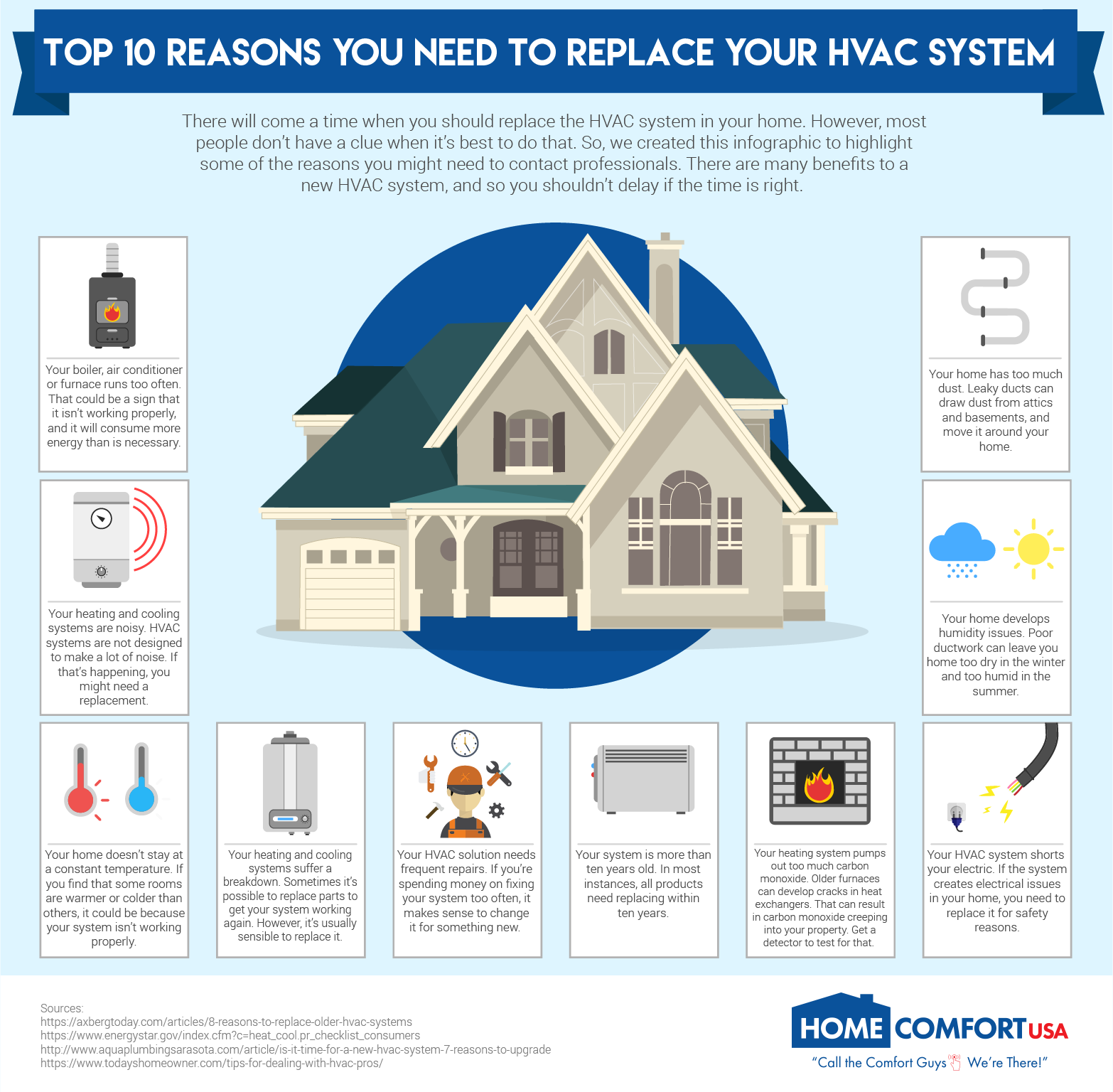The Future Of Home Home Heating - Just How Heatpump Innovation Is Advancing
The Future Of Home Home Heating - Just How Heatpump Innovation Is Advancing
Blog Article
Short Article Created By-Dugan Goff
Heat pumps will certainly be a vital technology for decarbonising heating. In a scenario consistent with federal governments' revealed power and environment commitments, their international capacity doubles by 2030, while their share in home heating rises to one-quarter.
They function best in well-insulated homes and count on power, which can be provided from a sustainable power grid. Technological developments are making them much more effective, smarter and less expensive.
Fuel Cells
Heat pumps utilize a compressor, cooling agent, coils and followers to relocate the air and warmth in homes and devices. They can be powered by solar power or electricity from the grid. They have been getting appeal due to their inexpensive, peaceful operation and the ability to produce power during peak power demand.
Some companies, like IdaTech and BG MicroGen, are dealing with fuel cells for home heating. These microgenerators can replace a gas central heating boiler and create a few of a house's electrical demands with a connection to the electricity grid for the rest.
However there are reasons to be doubtful of using hydrogen for home heating, Rosenow claims. It would certainly be expensive and inefficient contrasted to other technologies, and it would certainly add to carbon discharges.
Smart and Connected Technologies
Smart home technology permits property owners to link and regulate their tools from another location with using smart device apps. For example, smart thermostats can discover your heating preferences and immediately adapt to maximize power usage. Smart lights systems can be managed with voice commands and instantly shut off lights when you leave the room, decreasing power waste. And smart plugs can keep track of and manage your electrical usage, permitting you to recognize and restrict energy-hungry devices.
simply click the up coming article -savvy household shown in Carina's interview is a great illustration of how passengers reconfigure room home heating practices in the light of brand-new clever home innovations. They depend on the tools' automatic features to accomplish day-to-day modifications and regard them as a hassle-free means of conducting their heating methods. Therefore, they see no reason to adjust their practices even more in order to make it possible for flexibility in their home energy demand, and interventions targeting at doing so may face resistance from these households.
Electrical energy
Given that heating homes accounts for 13% of US emissions, a switch to cleaner choices can make a large difference. However the technology encounters difficulties: It's expensive and requires extensive home remodellings. And it's not constantly compatible with renewable energy sources, such as solar and wind.
Until lately, electrical heat pumps were as well expensive to take on gas designs in many markets. However mouse click the up coming document in layout and products are making them more affordable. And better cold climate efficiency is enabling them to work well also in subzero temperatures.
The following step in decarbonising heating may be using warm networks, which attract warmth from a main source, such as a close-by river or sea inlet, and distribute it to a network of homes or structures. That would certainly decrease carbon discharges and permit houses to take advantage of renewable resource, such as green power from a grid provided by renewables. This option would certainly be less costly than switching to hydrogen, a fossil fuel that requires brand-new facilities and would only reduce carbon dioxide discharges by 5 percent if paired with enhanced home insulation.
Renewable resource
As power rates drop, we're starting to see the exact same trend in home heating that has actually driven electric autos right into the mainstream-- yet at an even quicker speed. The solid environment instance for impressive homes has been pressed better by brand-new research study.
Renewables make up a significant share of modern-day warmth usage, however have actually been given restricted plan attention around the world compared to various other end-use sectors-- and even much less interest than electrical energy has. Partially, this reflects a mix of consumer inertia, divided motivations and, in several countries, aids for nonrenewable fuel sources.
New technologies can make the change less complicated. For instance, heat pumps can be made a lot more power effective by changing old R-22 refrigerants with brand-new ones that don't have the high GWPs of their precursors. Some specialists additionally imagine area systems that draw warmth from a nearby river or sea inlet, like a Norwegian fjord. The warm water can then be utilized for cooling and heating in a neighborhood.